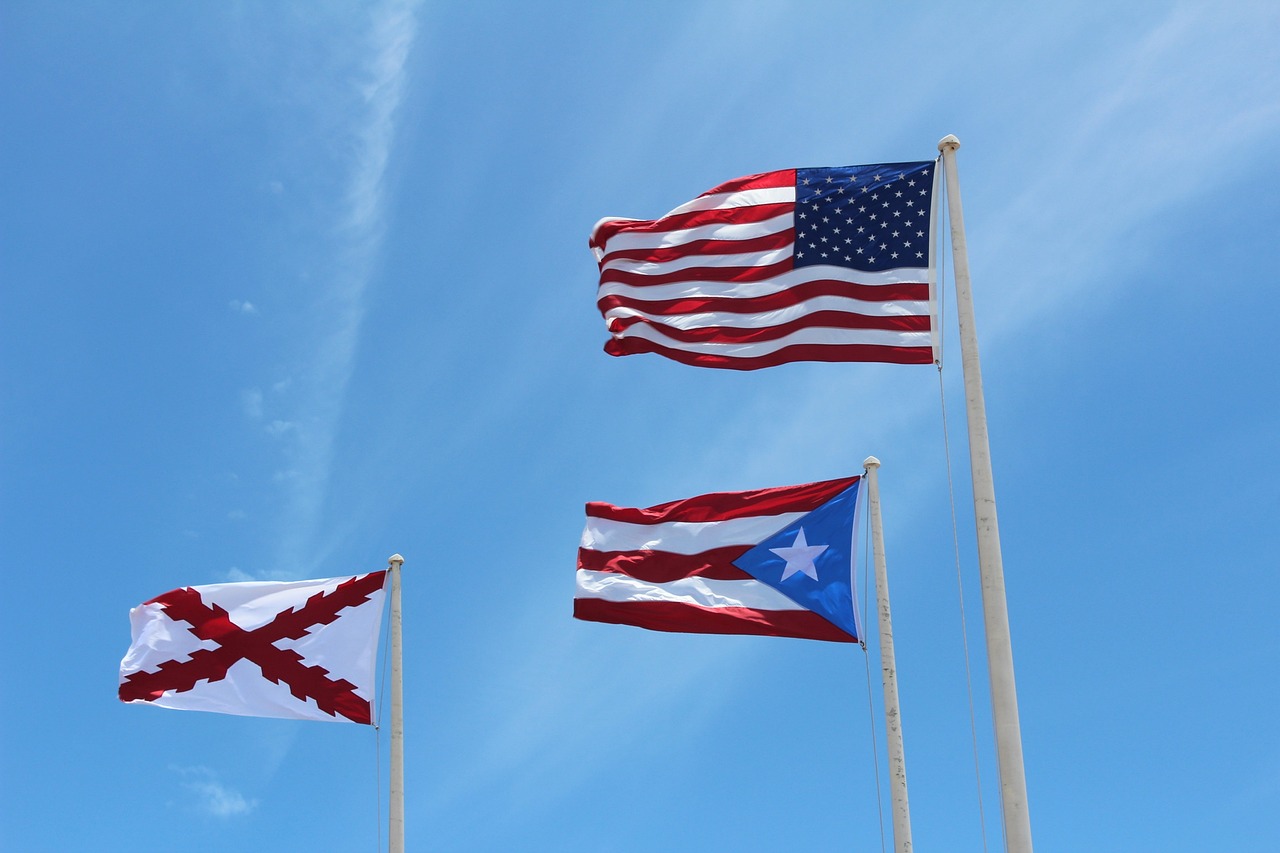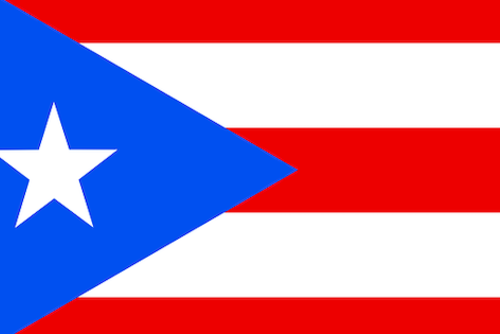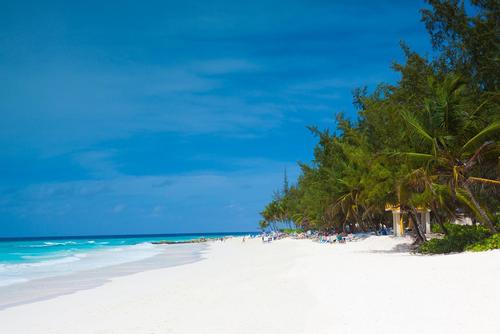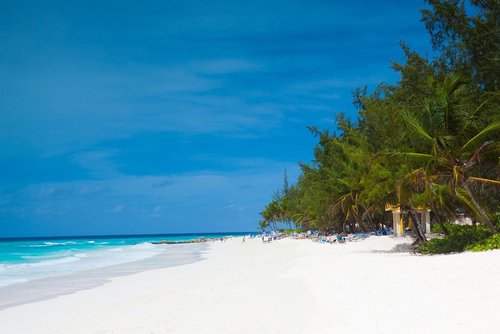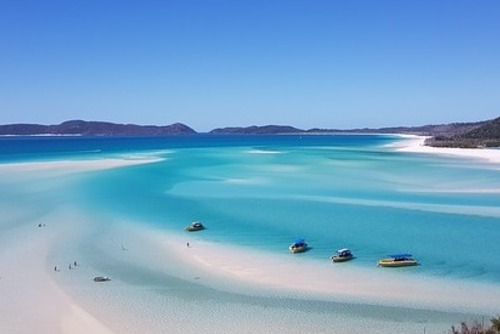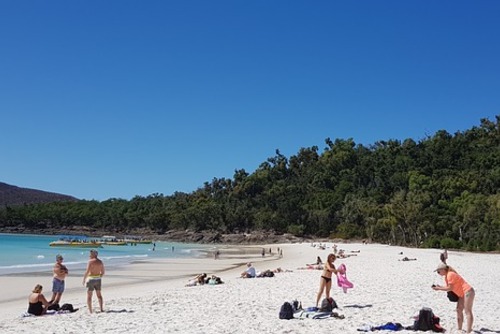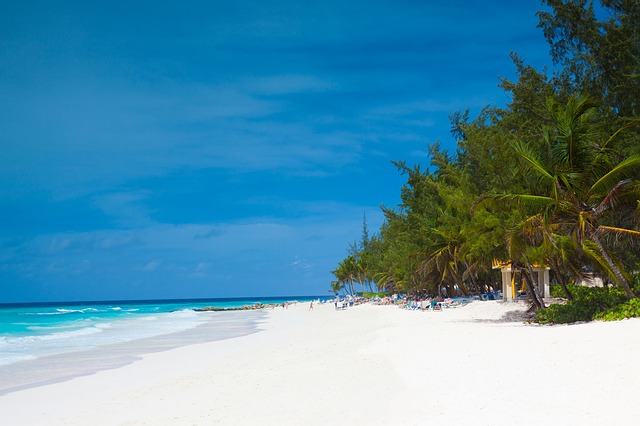They’re an exotic, colorful destination that are heavy in multi-cultural history. But the best part? You can travel without a passport—technically, you’re not even leaving the country!
All sixteen U.S. territories are sprinkled variously around the world, and each has its very own flavor in American history.
But here’s the catch: only five of the sixteen islands are inhabited and able to provide traveling accommodations. Each island holds a remarkably different flavor from the larger body of mainland America. And the best thing, if you are travelling from the United States you do not even need a passport.
So don’t hesitate - satisfy your traveler’s curiosity and get potential vacation destination ideas by exploring the unfamiliar land of the tiny five inhabited islands.
1. The Commonwealth of Puerto Rico
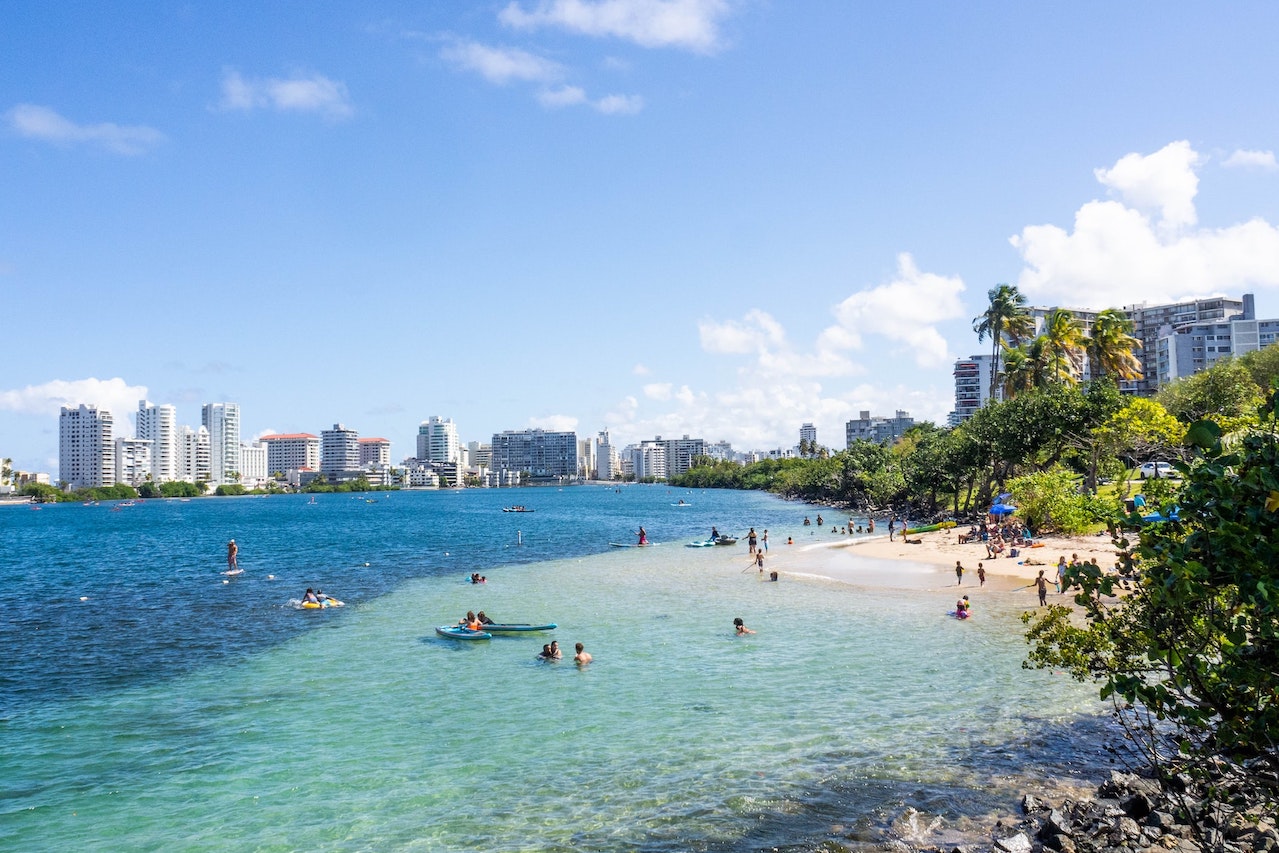
Welcome to the largest of the U.S. territories, my favorite U.S. territory. Holding more people than all other territories combined, Puerto Rico (PR) also happens to be the cheapest territory for travelers, which makes it perfect for those who prefer spending more on adventures.
This island is home to the only U.S. rainforest, El Yunque. It’s the perfect destination for wildlife adventures: hiking, caving, canyoning, biking, and more. Watersports are also a prime in this coral-smothered coastline making diving, snorkeling, windsurfing, swimming, and kayaking a Caribbean treat.
Speaking of treat, a personal favorite of mine is the authentic puertorriqueña food. Try the dish, mofongo. You’ll love its African, Spanish, and Taino Indian influences.
It’s important to note PR has two official languages: both Spanish and English. But without a doubt, Spanish is the dominant language. As one would come to find out, the majority of natives on the island cannot speak proficient English.
However, don’t let that deter you; it’s still smooth sailing to navigate the island knowing little-to-no Spanish. Also, know that the official currency of U.S. territories is the dollar. Nonetheless, always check with your bank to make sure they don’t consider these as forgiegn transactions (I found out the hard way).
The capital of Puerto Rico (PR), San Juan, was founded in the early 1500s. It’s arguably the oldest city in America, named after the founder, Juan Ponce de Leon.
2. U.S. Virgin Islands
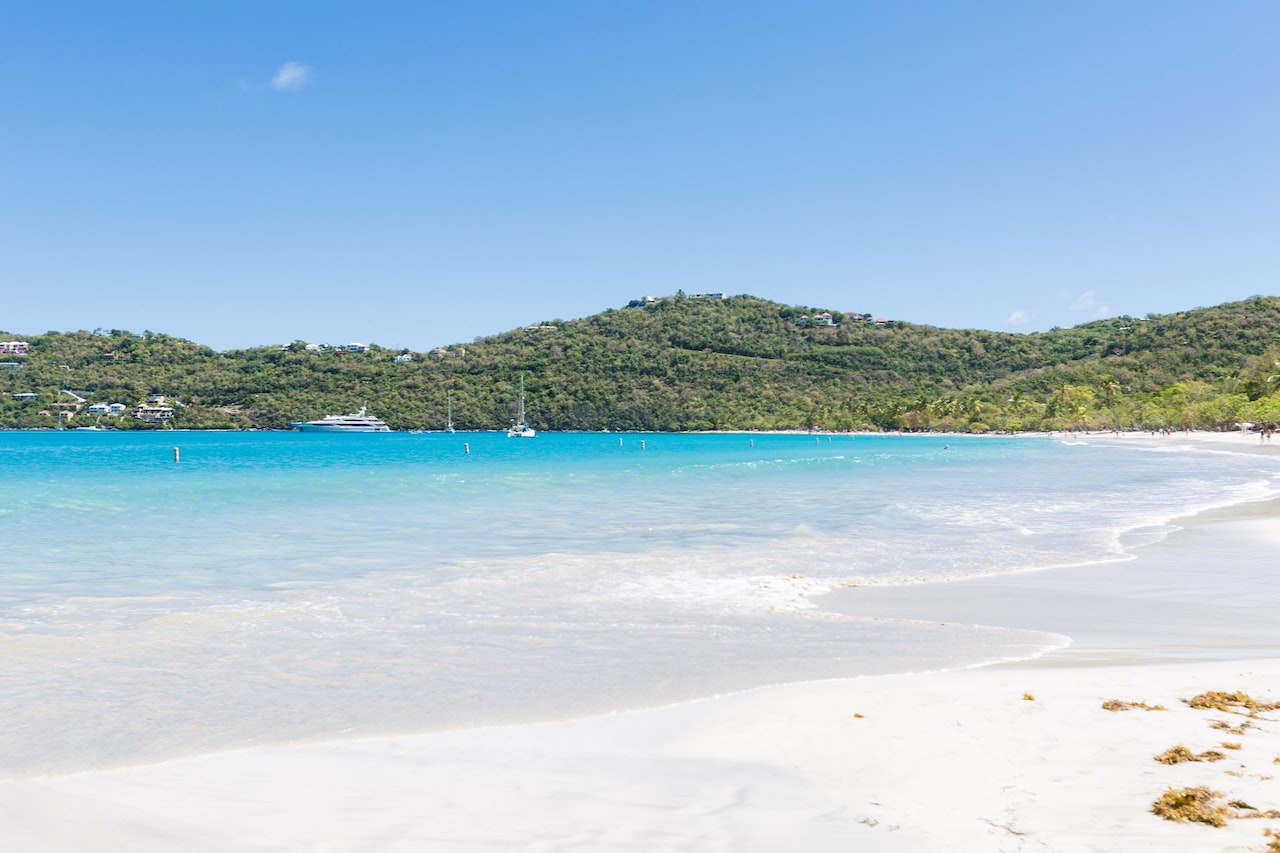
With Puerto Rico being the closest, geographically, to America, the U.S. Virgin Islands (USVI) lie only 40 miles east of Puerto Rico in the Caribbean.
A fun fact for travelers driving in USVI: it’s the only place in America that forces you to drive on the left side of the road. Why would this be, you wonder?
Well, unlike Puerto Rico or Guam, USVI wasn’t captured; it was purchased from Denmark. Therefore, the Virgin Islands group is divided between the UK and America. Today, Danish and African cultures still influence its own unique flavors on the island.
There are three major islands that make up the USVI: St. Croix, St. John, and St. Thomas.
St. Thomas, the capital, is the most popular USVI destination, as it holds the location’s only island airport. The largest of the three islands, St. Croix, is more concentrated in its multi-cultural roots, portraying more architectural and historic interest in the Danish culture.
A good place to start your visit is on St. John; on this island lies the magnificent Virgin Islands National Park—and that’s about all there is: just observing panoramic views, camping under the stars, and splashing on the beach day after day.
Most people don’t know about the secret fourth island: Water Island. It’s barely a mile long and a perfect location for tropical weddings and golf.
Such small islands are usually popular for their unique environment and romantic atmosphere.
When holding a wedding here, you can choose custom rings design that echoes the unique environment and cultural background of the island. For example, if the water island has unique plants, animals, or landmarks, you can incorporate these elements into the design of the ring to make it more suitable for the wedding venue.
In this way, every time you put on the ring, you will recall the special wedding moment on the water island, adding to the romance and memory value behind the ring.
3. Guam
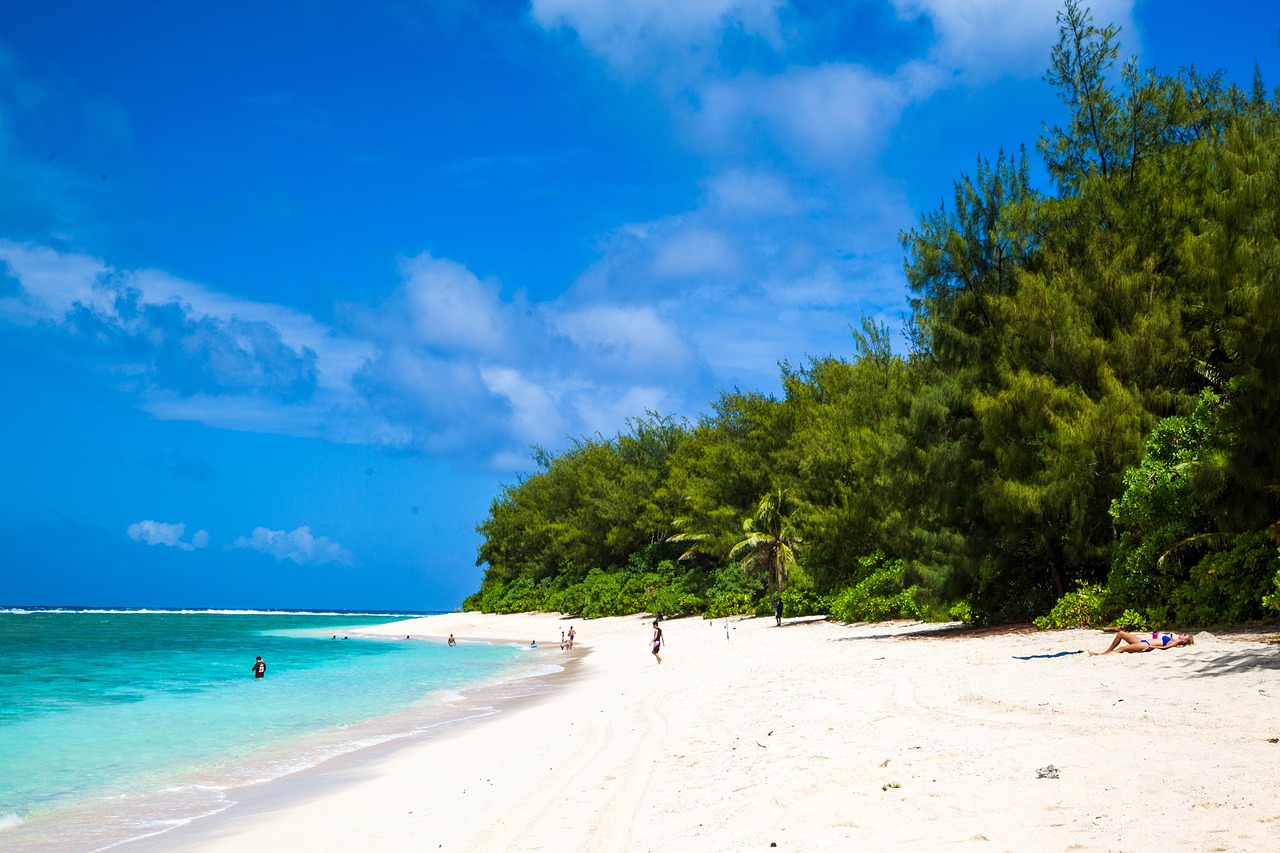
“Håfa Adai,” says the Chamorro people, meaning “hello!”
This language, Chamorro, is spoken by the indigenous of the island, Guam. Only about 50,000 people speak this language in the entire world. But don’t shy away from the island just because you don’t know the language; much like Puerto Rico, the official languages are both English and Chamorro.
Located in the western North Pacific Ocean, it’s no doubt that Guam is a great place to de-stress and recuperate, especially with the balmy breezes and tropical sunshine; however, many travelers have mentioned that Guam stands for “Get Up And Move!”
Such activities include unlimited cultural events in lush paradise such as: boonie stomping, weekend sports, village fiestas, and WWII historical sites where one may explore dozens of these sites replete with war memories. These important commemorations capture the shaping of Guam and what it is today.
In addition to the impact of WWII history on the island, countless Americans, Asians, Micronesians, and Europeans have left their imprints on the island’s tastes and pastimes, but nowhere else is the island’s multi-cultural influence more apparent than its cuisine. Venture out and try the vibrant dish of a mouth-watering, unforgettable treat called chicken kelaguen.
4. The Commonwealth of the Northern Marianas Islands
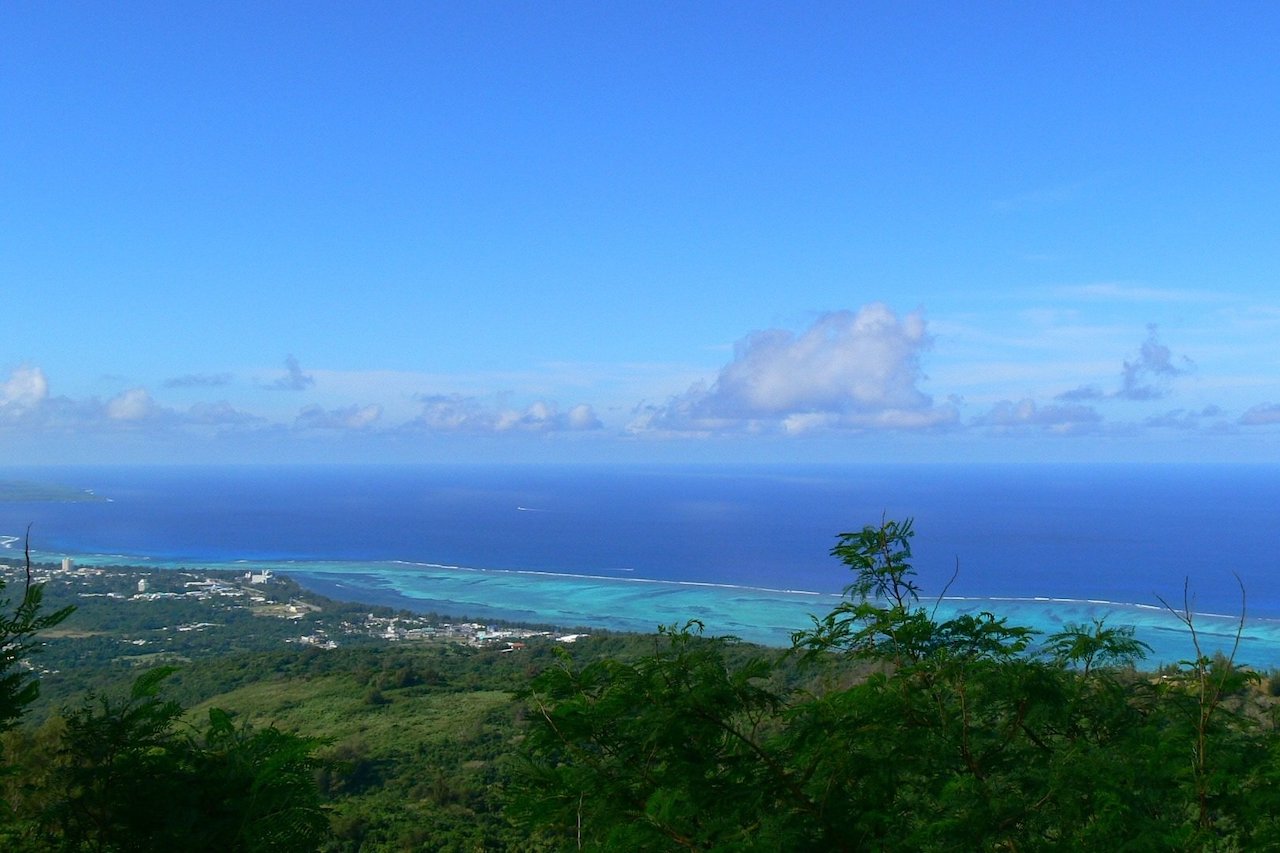
The Northern Marianas Islands (CNMI) is an impressive chain of fifteen islands east of the Philippines; while being culturally and geographically similar to Guam, these islands together comprise the Marianas Islands archipelago.
Therefore, half of the population is Asian, including: Filipino, Chinese, Korean, and a small amount of Japanese, with a closely followed population of Native Hawaiians. The CNMI is the newest territory of the United States.
Since the vast majority of the population exists on three of the islands, Saipan, Rota, and Tinian, these three destinations make up the most popular travel destinations.
At first glance, Saipan appears dreadfully touristy with tour buses consuming the sights and seclusion is hard to come by, but catch Saipan at the right time and angle, and you will be pleased to uncover enchanting experiences of nature, historical sites, dining, and beach fun.
Just south of Saipan is the tiny island of Tinian, which serves as a retreat from the bustling life of Saipan. This island claims a mighty chapter of world history. It was the site where the American planes flew to drop the first atomic bomb on Japan. Fortunately, it has broken out of its gloomy stage of history and offered natural charms, like exquisite beaches and awe-inspiring hikes.
But the real jewel in CNMI is the beautiful Rota with gorgeous hills, spring water, cozy farms, and a growing population of, surprisingly, deer. This island offers one-of-a-kind natural sensations.
Should you seek out the best of the CNMI, know that the more south you go, the more touristy the islands become, while the more north you go, the islands become sparsely inhabited and volcanic. Make it your mission to enjoy the luxury resorts and seek out the islands as a place of tranquility and relaxation—especially by soaking up the unwavering temperatures, relishing in the white sand and turquoise blue water of these islands, but also the deeply rooted WWII history.
5. American Somoa
Located in the South Pacific Ocean, American Samoa is made up of five main islands.
A majority of these rugged islands are volcanic in origin, bordered by reefs and narrow coastal plains. There is little difference between cultures in American Samoa and the country of Samoa. In fact, they are quite close to each other, placed halfway between Hawaii and New Zealand.
Unlike other U.S. territories, the official language is Somoan, with only about three percent of the island’s inhabitants speaking English. A solid majority of the population is Pacific Islander, too. Oddly enough, American Somoa is regarded a non-organized U.S. territory, and is, technically, self-governed. A fun fact about AS is that they cannot vote in federal elections.
A few major attractions include the magnificent capital, Pago Pago, on island, Tutuila, a harbor surrounded by dramatic cliffs that plunge almost directly into the ocean, dense forests, and bright green mountains.
The best beaches, hikes, and coves are located in the National Park of American Soama. Interestingly, a huge industry of the island are tuna canneries. The outer islands are commonly considered some of the most beautiful in the South Pacific Ocean.
By Addie Scoggin

